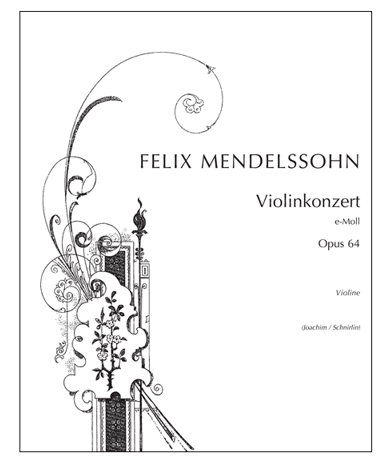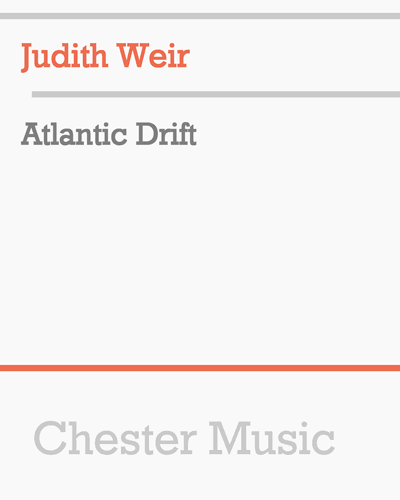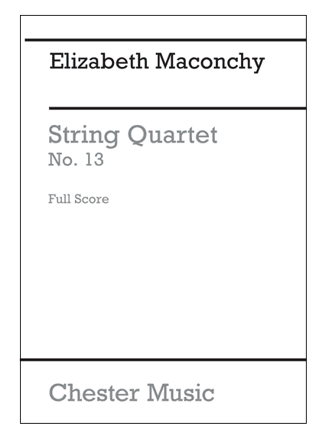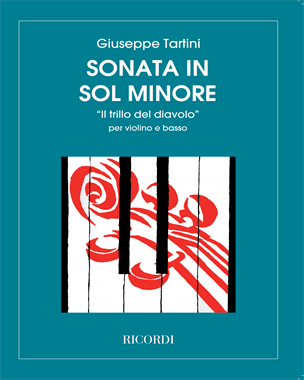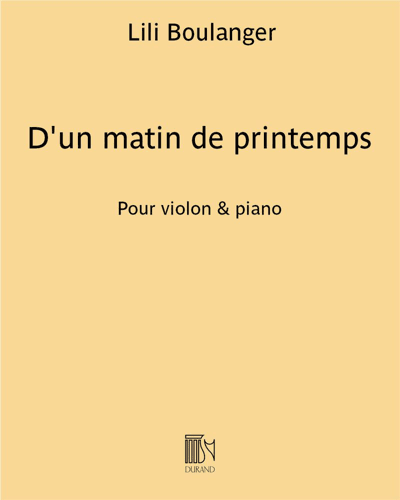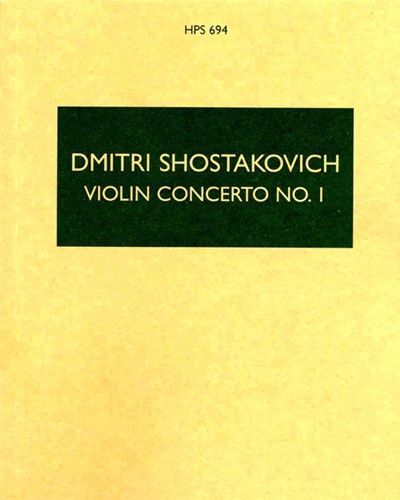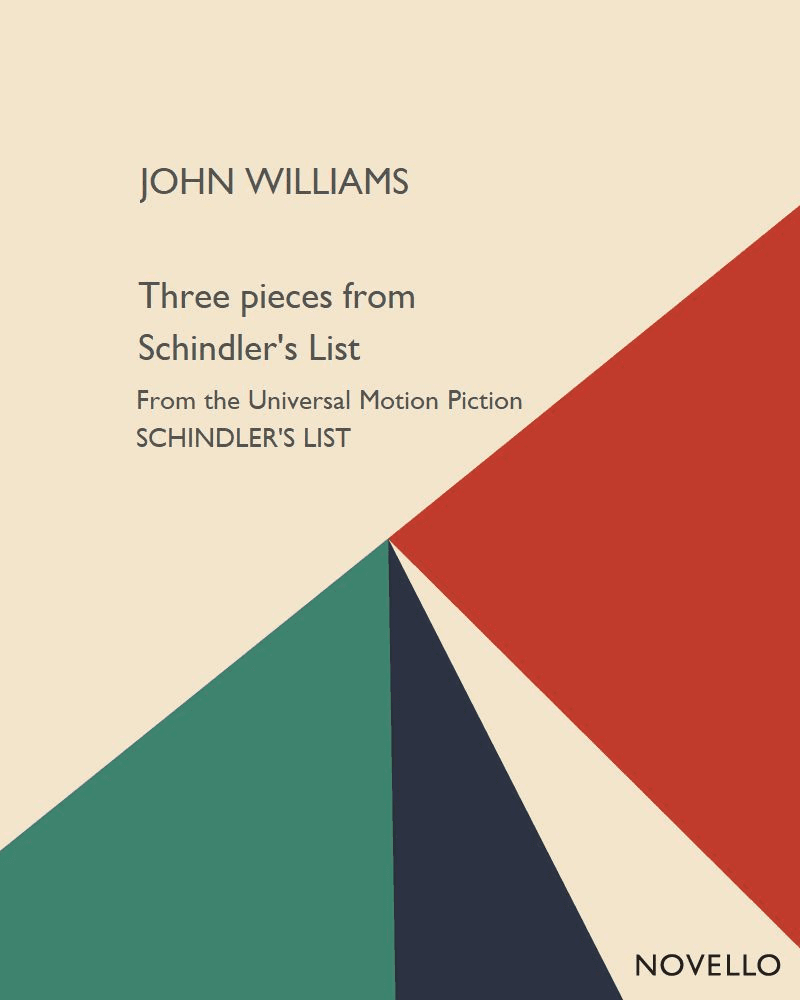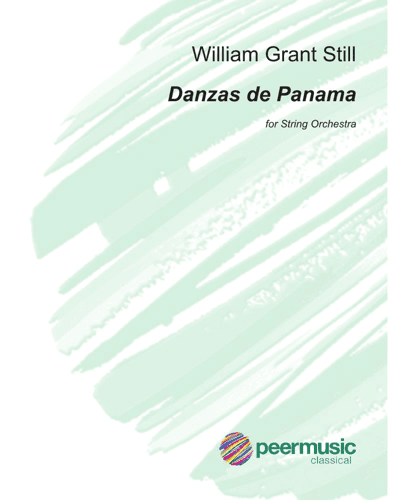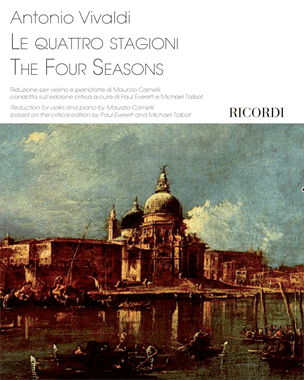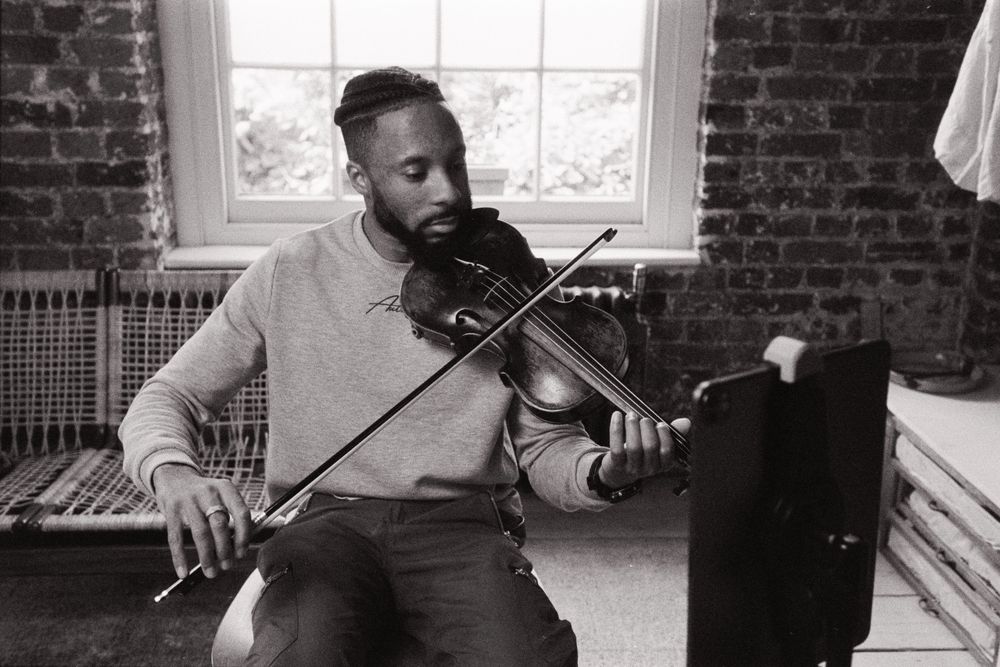There’s no denying that the violin is one of the most important instruments in the history of music. And as such, almost every composer out there has turned to it at some point, in one genre or another.
What’s more, composers tend to bring their very best when they foreground the violin. They understand its importance and exploit its stylistic and expressive versatility. String quartets, concertos, sonatas - every musician knows that these are all forms to be taken seriously.
Reflecting the instrument’s adaptability, the ten pieces assembled below represent the very best of violin music. They span the breadth of its repertoire, from violin-only works to those for string orchestra, Baroque-era essentials to movie music. This is some of the finest work that the violin has inspired.
Top 10 best violin pieces
- Violin Concerto in E minor by Felix Mendelssohn
- Atlantic Drift by Judith Weir
- String Quartet No. 13 by Elizabeth Maconchy
- Violin Sonata in G minor by Giuseppe Tartini
- D’un matin de printemps by Lili Boulanger
- Violin Concerto No. 1 by Dmitri Shostakovich
- Theme from Schindler’s List by John Williams
- Danzas de Panama by William Grant Still
- Violin Concerto in E, ‘Spring’ by Antonio Vivaldi
- La lontananza nostalgica utopica futura by Luigi Nono
